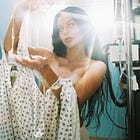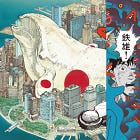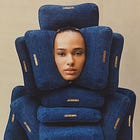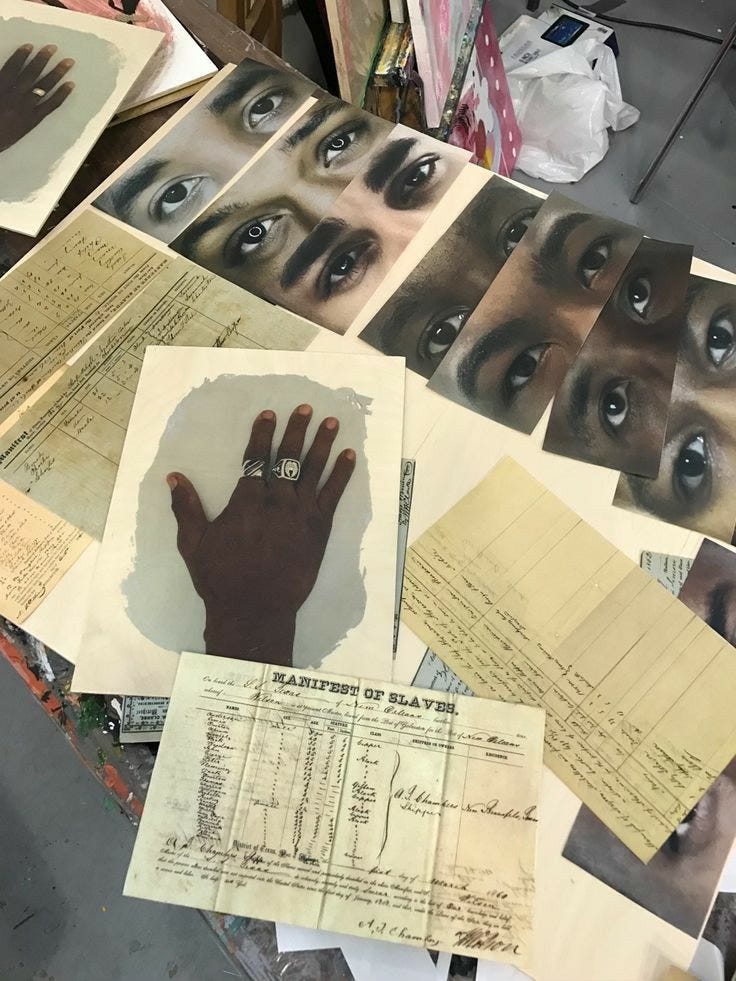Breaking Into the Industry as an Art Director #1
Learning about the role of an art director across industries
I’ve started posting about my newsletter on TikTok and Instagram and often get the question on how to break into the industry, or what art direction actually is. When I started my career I had a hard time understanding each role, but most importantly how to actually get in. So in this 6 part series I am giving a quick 101 on the role, how to build your foundation, present your work online and set yourself up for success. There are many ways to break through, so I will keep it general and as informative as I can. If you want to learn about specific case studies and the actual craft, I would refer you to my other posts.
Deep Dive into Art Direction: Your Complete Beginner’s Guide
Entering the field of art direction is like stepping into a vast, creative playground. Art directors shape the visual aspects of media, bringing ideas to life and ensuring the final product not only looks stunning but also communicates the right message. Here’s a closer look at what it means to be an art director and how you can start this exciting career.
The Role of an Art Director
At the heart of the job, art directors are problem-solvers and visionaries. They decide how best to visually represent an idea, then lead a team of designers, photographers, and other creatives to produce the artwork. This role blends creativity with strategy, as every decision—from color choice to layout—needs to support the project’s goals.
Types of Art Directors
Art direction is a broad field, with roles varying greatly across different industries. Here’s a more detailed look:
Film & TV Art Directors: In the movie and television industry, visual storytelling is key. Art directors here ensure that every visual element, from the smallest prop to the largest set, helps tell the story. Beyond creative vision, you’ll need to understand the technical aspects of film production, like lighting and camera angles, and how they affect the visual style.
Skills to develop include learning to use 3D modeling and rendering software, as well as gaining a basic understanding of cinematography.
Advertising Art Directors: Creativity meets persuasion in advertising. Here, art directors work closely with copywriters to create ads that grab attention and persuade viewers. This role demands not just creativity but also an understanding of the audience and what motivates them. Art directors in advertising are also concept developers and are expected to be a jack of all trades, as the outcome of an ad can be anything from a poster campaign, photoshoot, film, event or anything digital.
Skills to develop include mastering digital design tools, learning about consumer psychology, graphic design, photography, film, technology and staying up to date with advertising- and cultural trends.
Fashion Art Directors: Fashion art directors are the trendsetters, working on everything from magazine spreads to brand campaigns. This role is as much about predicting and setting trends as it is about creating beautiful images. You’ll need a keen eye for style and the ability to bring your creative vision to life through photoshoots. As a fashion art director you need to be on top of upcoming artists, photographers and models to involve them in your campaign.
Skills to develop include understanding fashion trends, learning how to direct photoshoots, and developing a strong network within the fashion industry.
Photography Art Directors: This role focuses on creating impactful images that tell a story or convey a message. Whether for advertising campaigns or editorial content, you’ll guide the visual approach of photoshoots, working closely with photographers to achieve the desired outcome.
Skills to develop include a deep understanding of photography, composition, and post-processing techniques.
Graphic Design Art Directors: Overseeing design projects, these art directors ensure that all visual elements—whether for a website, an app, packaging, posters or anything marketing and branding related—work together to create a cohesive and engaging user experience.
Skills to develop include learning about user interface (UI) and user experience (UX) design, mastering design software, and understanding the principles of effective visual communication.
Collaborating and Leading
No art director works in isolation. Collaboration is key, whether it's with copywriters in advertising, designers in graphic projects, or directors and production teams in film. Effective communication, the ability to listen and incorporate feedback, and strong leadership skills are essential for guiding your team and bringing your vision to life.

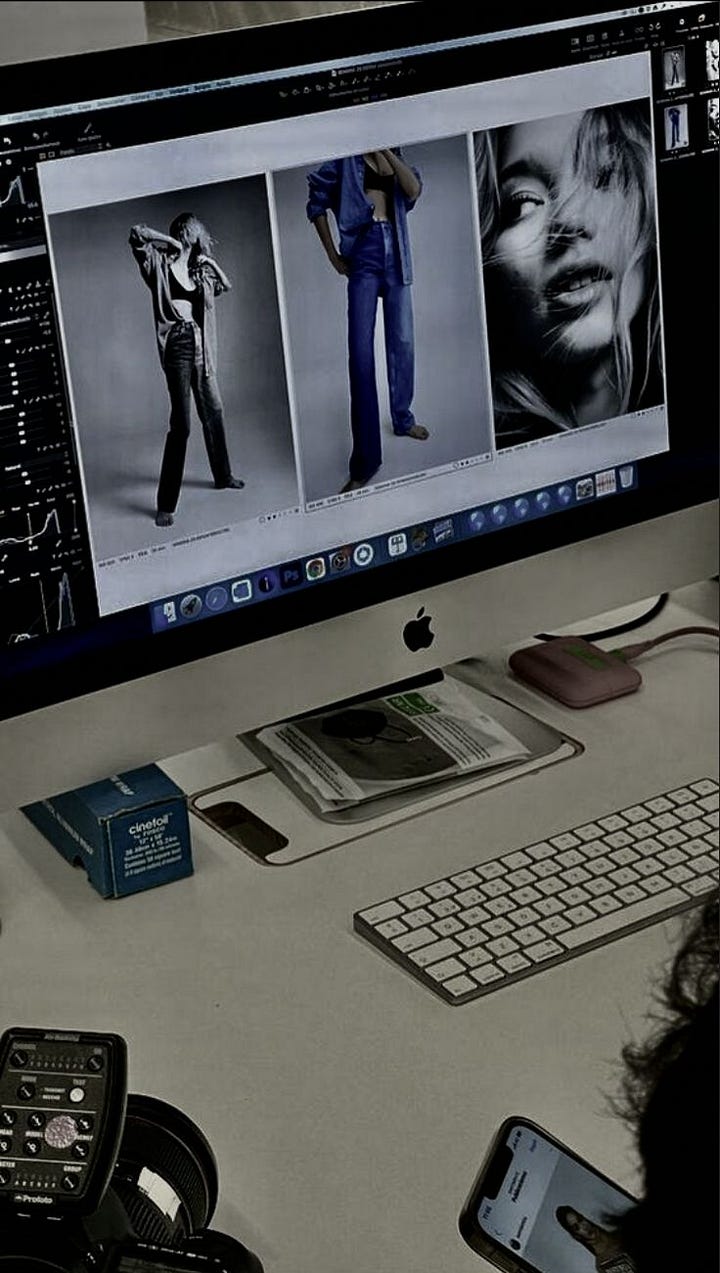
Building Your Career Path
Starting a career in art direction involves a mix of education, practical experience, and networking:
Education: While a formal degree in art, design, or a related field can be incredibly valuable, many successful art directors also come from self-taught, non-traditional backgrounds. Online courses, workshops, and tutorials can help you build the necessary skills. It is all about the vision and portfolio, that I will be going into further detail with in the next parts of this series.
Experience: Hands-on experience is crucial. Start by working on your own projects or volunteering for small businesses, non-profits, or student films to build your portfolio. Internships and entry-level positions in design studios, advertising agencies, or related fields can also provide valuable experience.
Networking: Building a strong professional network is essential in the creative industries. Attend industry events, join online forums and communities, and connect with professionals on social media platforms like LinkedIn.
Creating Your Portfolio
Your portfolio is your ticket to career opportunities in art direction. It should showcase your best work, but also tell the story of your creative process. Include a variety of projects that demonstrate your versatility and explain the challenges you faced and how you solved them. A well-crafted portfolio not only displays your talent but also your thinking and problem-solving skills. Don’t just put images in your portfolio, but also explain the concept, the insight and the way you brought it to life (but still keep it short). The concept and the reason why is just as important as the visual representation.
Staying Inspired and Evolving
The world of art direction is constantly changing, with new trends, tools, and technologies emerging all the time. Stay curious and keep learning. Follow industry news, explore work from across the globe for inspiration, and don’t be afraid to experiment with your own projects. If you need a guide on how to always stay inspired as an art director, you can read it here:
Embracing art direction means committing to a career of constant learning and creative exploration. It’s a field where your vision can truly shape the visual landscape, influencing how stories are told and messages are conveyed. With dedication, creativity, and a willingness to constantly evolve, you can forge a rewarding path as an art director.
Getting into the art direction field can seem tough, especially when you think about how expensive art school can be and how the creative world often looks the same at the top—mostly led by white men. And even for those who finish art school, finding the job they really want can be hard. This makes it extra challenging for people who don't come from money or who might not know much about the industry even after they graduate. Knowing all this, I'm working on a new program that wants to change the game. It's all about sharing the inside scoop—tips, advice, and secrets I wish someone had told me when I was starting out. This is for anyone who's dreamed of breaking into art direction but feels blocked by these issues. Keep an eye out for more info on how we're going to open up the art world together, making it a place where anyone, from any background, can make their mark.





